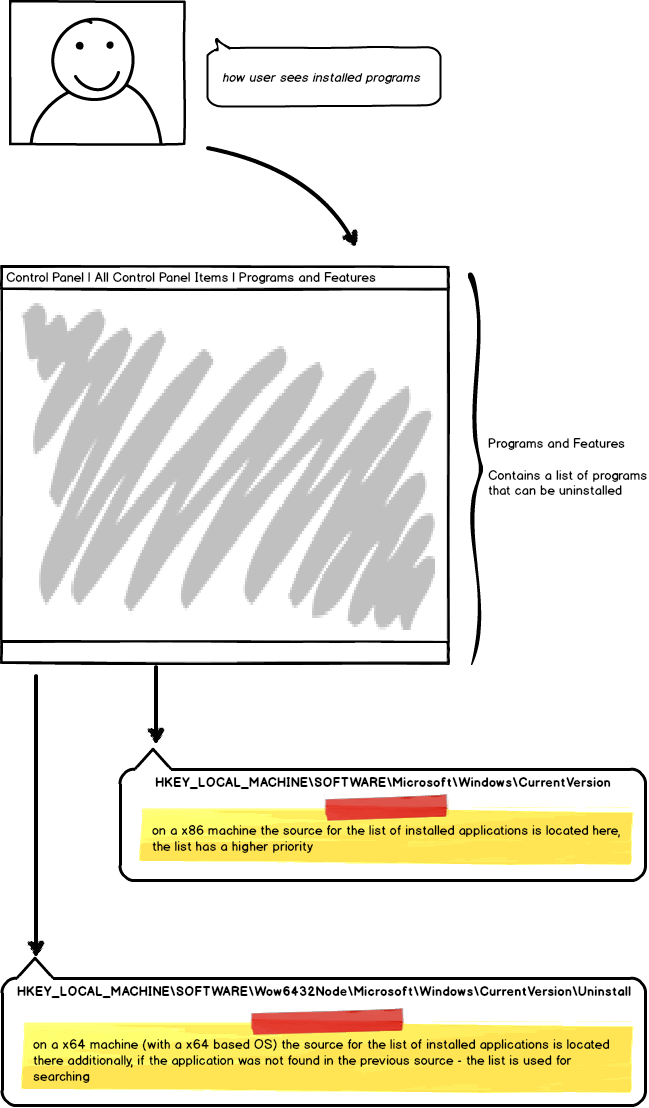What does 'Embargo' mean for IT professionals? - Part I

I am, like any other Windows based developer, extensively use services and software provided by the U.S. companies. But recently I started to see a strange message stating that the country where I live (Belarus now) is sanctioned by the United States and my IP addresses are blocked. So, we can't use their services any longer. Most probably, and I suspect that such decision was made based on the Russia-Ukraine war. Because earlier this year I could open any page on the web site without any issue. But how we, developers, are related to the war or even politician games? For example, I see the following text on the Pluralsight.com web site: Because your IP address or billing address is associated with a country that is sanctioned by the United States, by U.S. law we are required to block your access to Pluralsight.com. If you believe you are receiving this message in error, please contact ...@pluralsight.com The exact picture is shown on the screenshot:


